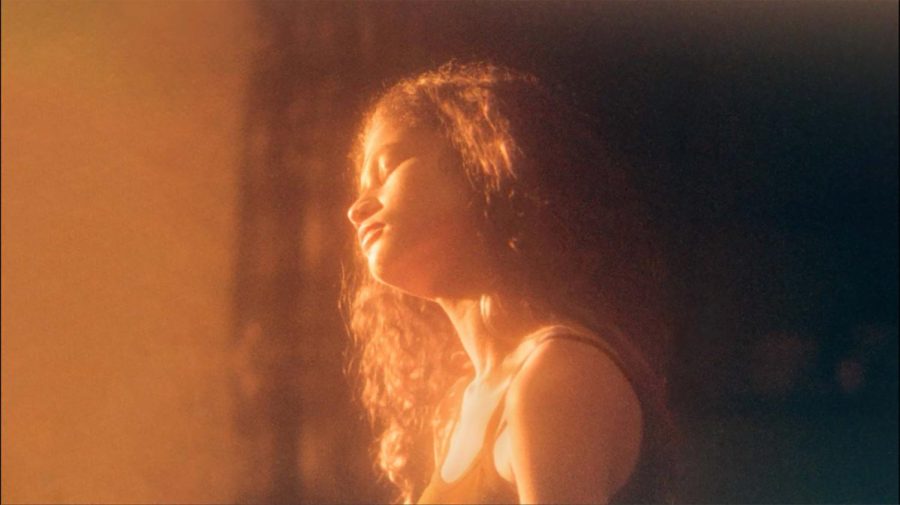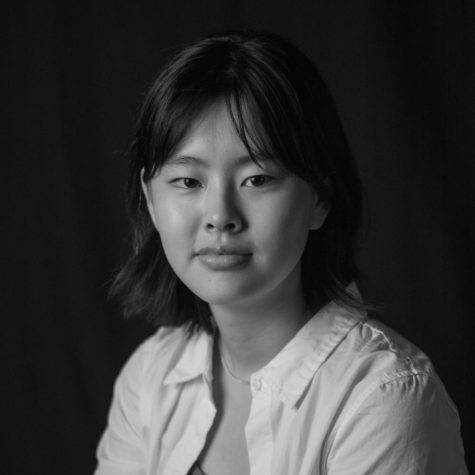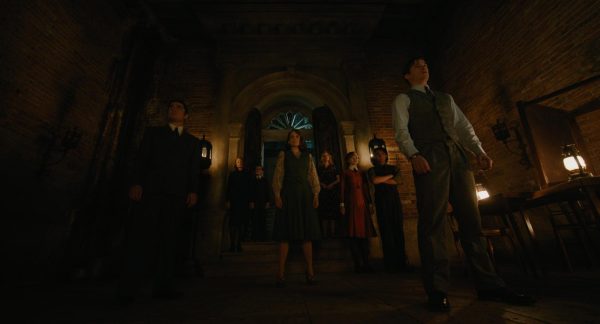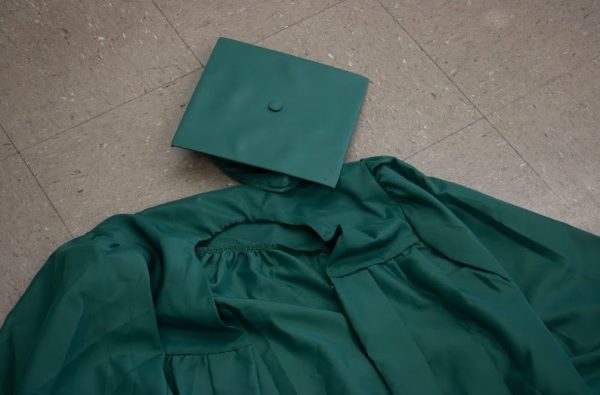“Euphoria” utilizes distinct style of cinematography, a neo-noir
May 2, 2022
Sam Levinson’s hit show “Euphoria” marked a prominent influence on the film and TV industry when it was first released in 2019. The unique execution of a common story twisted itself into a niche experience that pulled viewers in and the bold, unapologetic tone of the show has since distinguished itself from the angsty teenage coming of age story typical of the film industry. The notable acting performances and the eccentric soundtrack produced by Labrinth only elevated the show more, but what makes “Euphoria” so euphoric is the adoption of film noir stylized cinematography, influenced by the German expressionist movement in film.
Historical background
Film noir was a style of cinematography tied to the golden age of Hollywood. The aesthetics of film noir date back to a turning point in cinema—German horror films in the 1920s. Expressionist filmmakers adopted a volatile feel to encompass stories that dealt with topics of insanity, madness and betrayal, reflective of the political and social climate of Germany preceding World War I. Many immigrated to Hollywood with the takeover of WWI. Creators translated those deep feelings onto the screen through the physical settings of the scene, such as lighting and set design. The German expressionist movement was so revolutionary it became embedded into the film industry and is now almost invisible, as it is seen as a universal technique. Directors may not be drawing direct influence from German expressionists, rather the many prominent works of Hollywood during its golden age that were heavily influenced by the movement.
Expressionism within Euphoria
Although “Euphoria” does not follow the typical plot of an expressionist film, the evocatively lit environments follow the characteristics of noir works. The show perfectly represents the external manifestation of the story of characters’ internal feelings through cinematography. “Euphoria” feels like a noir not because of its content, but because it harnesses the classic noir style of lighting.
The job of cinematography is an undervalued asset to viewers, as the art is subtle, which may be why the noir style is not as noticeable in the show. A cinematographer is responsible for creating the look, color, lighting and framing of every shot in a film. The camera is the audience’s medium to participate in the story. Good cinematography has the ability to bridge the gap between the technicals of the story to translate the emotion behind it.
The anticipation and expectations set by the previous season of “Euphoria” set the bar high for its creators. Producers needed a completely fresh feel for the start of a new season, so Levinson and Marcell Rév, the director of photography, switched from digital format to Kodak Ektachrome film. Producers contacted Kodak, a photography company specializing in film production, to obtain a particular film called Ektachrome. The key features of Ektachrome are the aesthetic fine saturated grain and also the ability to capture skin tones. The issue producers faced was Ektachrome film had been discontinued for almost a decade. To cultivate “Euphoria’s” unique aesthetics, Kodak specifically converted parts of their factories to reproduce Ektachrome. The decision to transition to film furthered the show’s ability to utilize expressionist styles.
In a behind-the-scenes interview after the episode on HBO Max, Rév said, “Season one was very in the moment, and had a present feel to it. [Season two] feels like some sort of memory of high school. Emotionally—the [Ektachrome] film felt like the right choice.”
Similar to how memories are often clouded, the diffused lighting and haziness of film grain present in the show all fit the theme of memory. Film captures highlights and shadows better than digital format, meaning it can handle harsher lighting. It blends color and light better, which is perfect for “Euphoria,” as film enhances the moodiness needed to represent expressionism best.
Mise en Scène
Episode six of “Euphoria’s” second season, titled “A Thousand Little Trees of Blood“ opens with Rue struggling to open a Jolly Rancher while sitting at her kitchen table. The table is positioned next to large, slidable clear doors that allow sunlight to seep in, covered by white see-through curtains, which diffuses the harsh rays of sun. The diffused natural light as the single light source sets an ambiance of serenity and isolation. Throughout the show, isolation is a common theme, as Rue struggles with the grief of losing her father and, leading up to this moment, the show builds up tension and stress for Rue. The opening scene of episode six is a moment of relief for the audience, who can determine that Rue is safe from her escapade in the previous episode. Rév suggests the candy holds great importance because of the constant cuts between the close-ups of the Jolly Ranchers and the physical anguish on her face. The Jolly Rancher represents not only physical pain but also the internal conflict which stemmed from her drug use that she has to confront now. The contrast between the soft look of the room and the sharpness of the golden sunlight backlighting Rue shows the major shift in the storyline from external to internal conflict, highlighting the mental battle of enduring withdrawal.
In a scene of episode seven, titled “The Theater and Its Double”, viewers witness Lexi joining a nice family moment, and dancing with her dad. Episode seven visually explores the theme of memory by covering key moments in each character’s past. The characters are backlit, especially Lexi’s dad, which makes their faces quite dark and almost unidentifiable. This is intentional, as Lexi’s dad has faded from Lexi’s memory or even intentionally blocked out because of his misdoings as a father. The exaggerated, golden warm lighting shows this memory was one of the rare happy moments with all her family members present. Noir style is used to represent the true happiness Lexi felt in that moment through lighting. The overall haziness and warm lighting show the memory itself is fading, but she holds onto it because of overwhelming emotions. The physical contents of the memory do not matter as much as the emotion Lexi felt before her life came crumbling down. The dramatic golden lighting in the late afternoon as the sun sets represents a dark turning point in Lexi’s life. As the light disappears in the physical setting, so does Lexi’s inner perspective on life.
Overall, the noir style added a crucial element to “Euphoria’s” popular appeal to audiences. The show borrows the century-old expressionist movement to build an intricate storyline of complex characters. “Euphoria” is a unique experience where cinematography builds a world prioritizing feelings over reality.
What did you think of Euphoria? Let us know in the comments below.





























































































Desmond Kisida • May 5, 2022 at 2:01 pm
“‘Euphoria’ is a unique experience where cinematography builds a world prioritizing feelings over reality.”
Nailed it. I often hear Euphoria get criticized for being “unrealistic” or “impractical.” From the characters being 7 years younger than the actors who play them, to things happening that “would never happen to a bunch of 17 year olds in high school.” But Euphoria has never even attempted to come across as “realistic.” The cinematography proves this. When a single spotlight is set directly on Jules, intensely illuminating her as she rides her bike down a street in the dark, the cinematographer communicates that Euphoria is not trying to convince the audience that this is a true story, as a show like Breaking Bad or Better Call Saul might. As Kubrick said, “You don’t try to photograph the reality, you try and photograph the photograph of reality.”